‘We say it’s a racial paradise’: how two police killings are dividing Hawaii
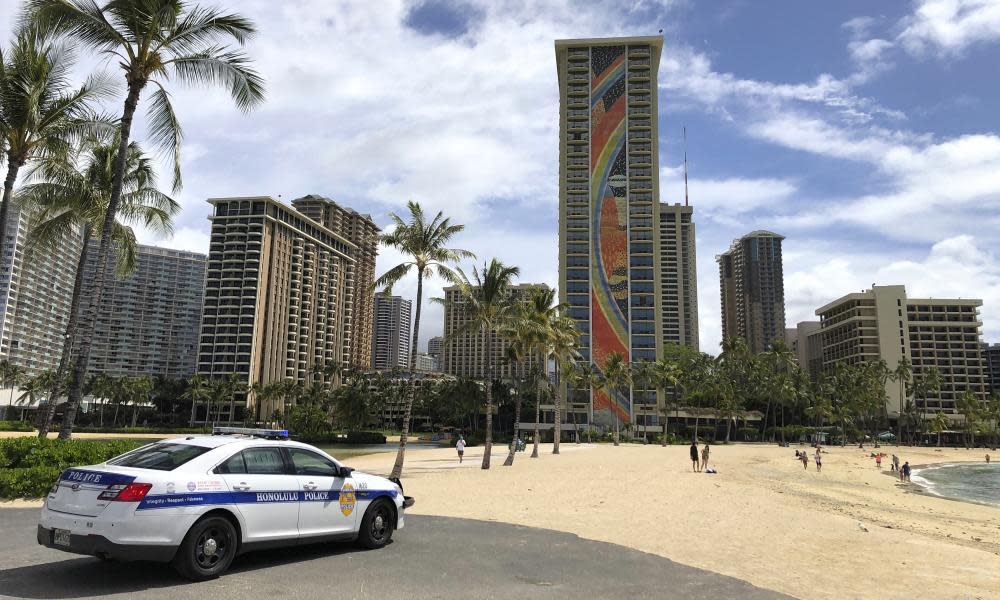
In April, as many Americans sat glued to their screens watching the trial of Derek Chauvin, two fatal police shootings in Honolulu went largely unnoticed.
The killings of Iremamber Sykap, a Micronesian teeenager shot by an officer eight times, and Lindani Myeni, a 29-year-old Black man who had recently moved to Hawaii with his wife and children, took place just nine days apart.
Related: Police killings of Black Americans amount to crimes against humanity, international inquiry finds
While there were no witness videos of the killings, the cases involved unarmed people of color, and saw police initially release misleading statements about the circumstances. Yet the deaths have struggled to break through into the national conversation, and, while attention has grown as new information emerges, the deaths have failed to prompt the widespread outcry in Hawaii that has turned other victims on the mainland into household names.
Local civil rights advocates say the reasons behind this are complex and multifaceted. The reaction to police killings on Oʻahu may differ from the mainland because of the diverse racial demographics on the island and within the police force itself, some say, while others point out that Hawaii’s vision of itself as a multicultural paradise has made it harder for those who experience discrimination and racism to speak out.
The responses to Myeni and Sykap’s deaths have not been entirely muted; there have been protests calling for justice and police reform, but also counter rallies in support of the Honolulu police department. Kenneth Lawson, a civil rights academic at the University of Hawaiʻi at Mānoa law school, said if the shootings had happened on the mainland, there would have been a greater backlash.
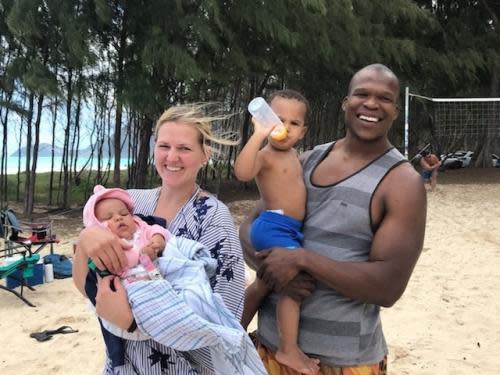
This is in part due to Hawaii’s history of being traditionally trusting of law enforcement, said Lawson, who is Black, noting that “people here are willing to give the police the benefit of the doubt,” despite a lack of transparency that is consistent with many mainland police departments. He also noted that it took a federal investigation to reveal that the former Honolulu police chief, Louis Kealoha, and his wife, Katherine Kealoha, who was a deputy prosecuting attorney, had committed crimes including framing her uncle and stealing money from her grandmother.
Immigrants from a broad swathe of places – including China, Japan, Korea, the Philippines, Puerto Rico and Portugal – have found their way to Hawaii over the last 200 years, making it one of the most diverse states in the US. Because of this, many people of color experience less discrimination and racism in Hawaii than on the mainland, but it is not a paradise for everyone. Last year, investigations by local news outlets showed that Honolulu police officers disproportionately arrested and used force against Black people and Pacific Islanders.
“I think it’s a lot harder to call out racism here because of the history of Hawaii,” says Nikkya Taliaferro, a 17-year-old activist and the former executive director of the youth-led advocacy group Hawaii for Black Lives.
“We really like to say it’s a racial paradise and it’s a mixing pot,” she adds, saying this means discrimination can get swept under the rug because people are reluctant to face it.
‘There is a target on you’
On 5 April, Iremamber Sykap, 16, was shot and killed by Honolulu police after a car chase. Police said the car Sykap was driving had been linked to other crimes and that they saw a firearm, but video described in court documents from the city’s prosecuting attorney later revealed it was only a cellphone.
According to the court documents, officer Geoffrey Thom, 42, started firing his gun “without provocation” into Sykap’s car while it was stationary. Thom shot and hit the teen eight times – in the back of his head, neck, and back, and in his left arm. Thom has since been charged with one count of murder in the second degree, while two other officers involved in the killing were charged with one count of attempted murder in the second degree. The charges mark the first time a Honolulu officer has been prosecuted in a police shooting since 1979 and if convicted, all three officers would face a mandatory sentence of life in prison with the possibility of parole.
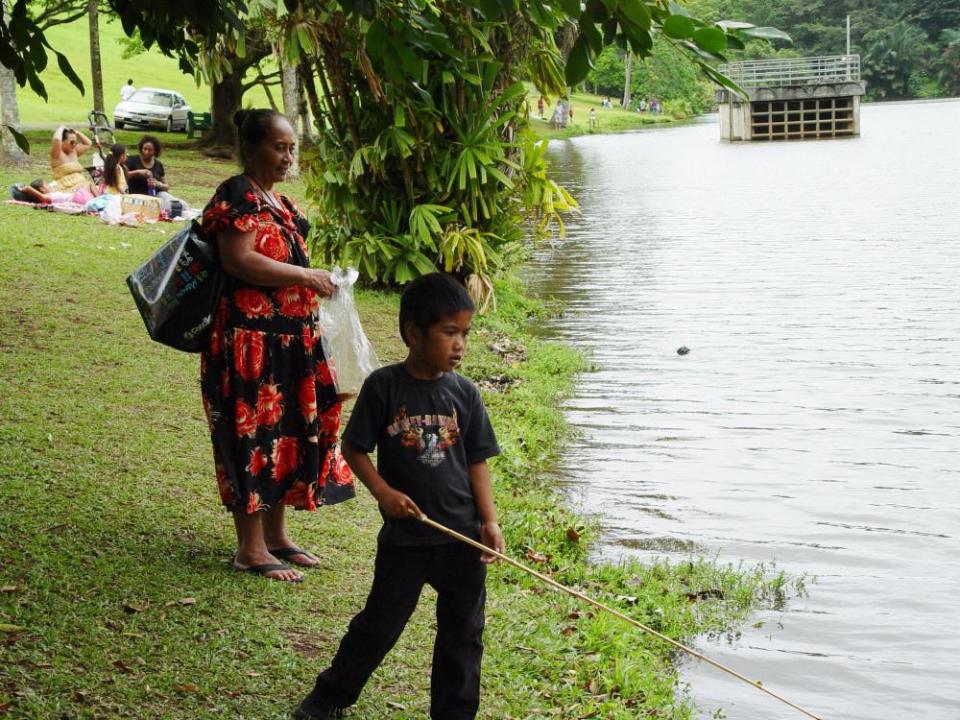
On 14 April, Honolulu police fatally shot Myeni after being called out to a rental property. A Ring video – obtained through a wrongful death lawsuit brought by Myeni’s widow, Lindsay, and released in June – showed Myeni entering the rental, which Lindsay has said she thinks her husband believed was a Hare Krishna temple on the same block. The footage also shows Myeni said “sorry” as he left the home.
Police have said that Myeni was acting “odd” when he walked into a residence, and later punched the police officers, leaving one with a concussion. Body cam videos, released on 16 April, showed that as the altercation starts Myeni asks “Who are you?” before officers use a stun gun on him and then shoot him.
On 30 June the city prosecuting attorney, Steve Alm, said he would not charge the officers, saying the shooting was justified because Myeni was assaulting the officers. He also released new information, saying that Myeni had interacted with other police officers about 30 minutes before the shooting in another part of Honolulu.
Myeni’s family are continuing to fight their wrongful death lawsuit, arguing that officers failed to identify themselves and that Myeni was “lawfully defending himself”.
“The civil case is not affected by [Alm’s] decision, and so we continue to move ahead,” James Bickerton, an attorney for the family, told the Guardian. “In the civil case we will address the central questions that Mr Alm appears to have avoided completely. When you avoid addressing the very first wrongful act committed, your analysis of what comes afterwards should not be accepted by the public.”
Representatives for the Sykap family declined to comment on the case against the officers charged with his killing.
Myeni and Sykap were both born elsewhere – Myeni in South Africa, where the outcry over his death has been more fervent, and Sykap in Guam.
I think it’s a lot harder to call out racism here because of the history of Hawaii
Nikkya Taliaferro
Guam is a US territory in Micronesia, making Sykap a US citizen, while his family is from Chuuk, one of the four states in Federated States of Micronesia, which has a treaty with the US that allows people to work in the states in exchange for military use of the region. Josie Howard, the chief executive officer at We Are Oceania, a nonprofit that works to empower Micronesians in Hawaii, says that many people in Hawaii would only see someone like Sykap as a Micronesian, not an American.
“Often people lump all Micronesians together and think Micronesia is one culture, and one island,” said Howard, when in fact the north-western Pacfic region of Micronesia includes more than 2,000 islands and many diverse cultures. “That makes it really hard for us, because our experience has been that we’re always misunderstood.”
She said it is most difficult for Micronesian children in Hawaii, who are often bullied in school. “I have kids that shared their stories of other students calling them cockroaches,” said Howard, because of their skin color and other harmful stereotypes. “Being a Micronesian teenager, especially a male, there is a target on you.”
Honolulu is a diverse city – with 21.6% of the population identifying as white, 42.9% as Asian, 9.6% as Native Hawaiian or Pacific Islanders, and 22.8% as mixed race. But just 2.8% of Honolulu’s population identifies as Black, according to the US Census, while Micronesians are estimated to make up only 1% of the state population.
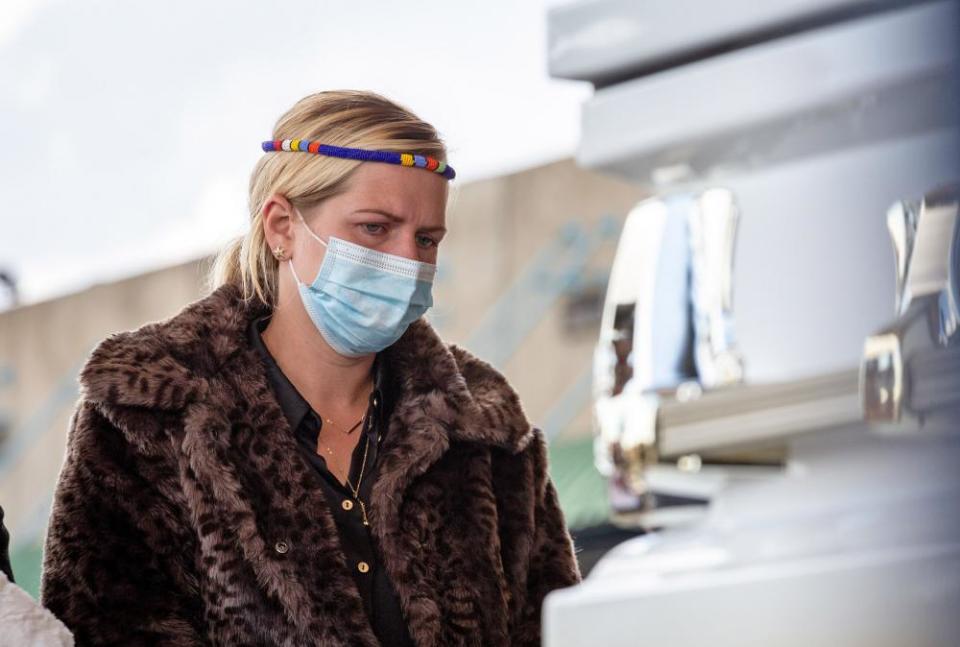
Taliaferro, the youth activist, says that she has faced microaggressions in Hawaii similar to those she experienced while living in the southern US.
“I’ve been followed in a store before in both Hawaii and Kentucky,” said Taliaferro. She said it is better in Hawaii, but noted that people of color can be discriminatory or racist towards other groups of color, which can be harder to talk about.
Hawaii is tight knit, Taliaferro said, which can also make it hard to point out problems. She said many police officers are often part of that close knit community, living in the places that they police as opposed to living in the suburbs and policing inner-cities. “We have police officers that live in communities here in Hawaii, and they are friends and cousins and uncles and parents.”
A growing call for justice
Nonetheless, calls for justice have been building. Since the release of the Ring footage, Lindsay Myeni has appeared on Good Morning America and the civil rights advocate Al Sharpton has condemned the Honolulu police. Since April, at least seven protests with dozens of people in attendance have been held in Honolulu demanding police reform and accountability, and a makeshift memorial was built near where Sykap was killed. Weekly protests demanding justice for victims of police killings are now planned for every Sunday at different places around Oʻahu.
But there has also been a pushback from those who support Honolulu’s police force. Hundreds recently turned up outside a courthouse to defend the three officers charged in Sykap’s case, with a much smaller group there to support the Sykap family. Michael Kitchens, who runs a large anti-crime Facebook group and helped host some of the pro-police rallies, said members of his group were concerned “by what’s going on in the mainland US” and the accusations of racism against police officers.
“Realistically our cops aren’t like that, because they’re from the local community, they’re mixed-plate, they’re brown,” Kitchens says. Indeed, only 12% of Honolulu’s police force identifies as white – while 21% identify as Native Hawaiian, 9% Filipino, 14% Japanese, 1% Black and 10% as “other mixed”, according to data from the Honolulu police department.
“Hawaii is just one of the most welcoming places there is … it was built up from immigrants, it was built up from people of all different nationalities,” said Kitchens. “We are really a totally different culture, and so are our law enforcement.”
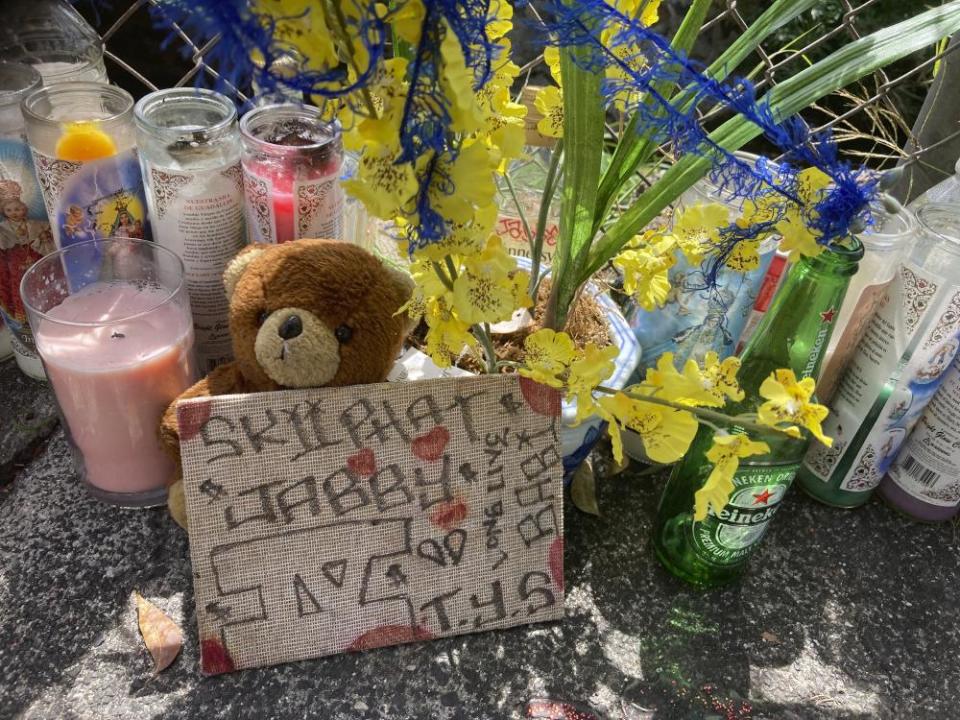
Still, activists say there is a need for improvement. Hawaii for Black Lives plans to participate in more protests, Taliaferro said, but are currently focusing their energy on who will become the next commissioner of the Honolulu police commission, a volunteer oversight committee. Taliaferro says they want someone who will hold the department accountable and address racial and wealth disparities in policing.
The police commission is also responsible for naming the future police chief of Honolulu, after the previous chief, Susan Ballard, stepped down in June. The interim police chief, Rade K Vanic, who is Hawaiian, has already outlined several reforms, including holding press conferences within 24 hours after a shooting, banning shooting into a vehicle unless it is being used in a mass casualty incident or people inside are firing at officers, and implementing training changes, including cultural sensitivity specific to the Micronesian community.
Meanwhile Alm, the new city prosecuting attorney, is working to restore trust in the Honolulu prosecutor’s office by auditing the former cases of Katherine Kealoha, who is now serving a 13-year sentence in federal prison.
But in announcing the lack of charges over Myeni’s killing, he too argued that Hawaii’s diversity makes this case different. “In some communities you do have the police are of one race, generally, and the people they are policing are of another race. And we don’t have that in Hawaii … police officers live among us,” Alm, who is white, said Wednesday.
Lawson, the legal academic, says the federal investigation into the Kealohas showed that the people in power in Hawaii have been withholding the truth. He wants the justice department to do an independent investigation of the Honolulu police’s use of excessive force and unlawful shootings, similar to those under way in Minneapolis and Louisville over the killings of George Floyd and Breonna Taylor.
And while hurdles remain, Lawson believes that the national reckoning with police brutality has had an impact here. Last summer in Hawaii, about 10,000 people marched on the Hawaii state capitol, demanding justice for the death of George Floyd. There’s been a greater outcry about the recent shooting than there would have been just a few years ago, he believes.
“People are paying more attention to our police department,” he said. “People are asking more questions about use of force.”

